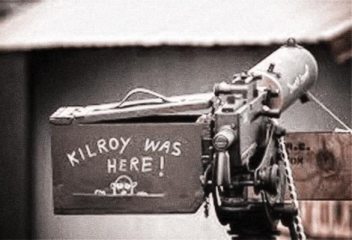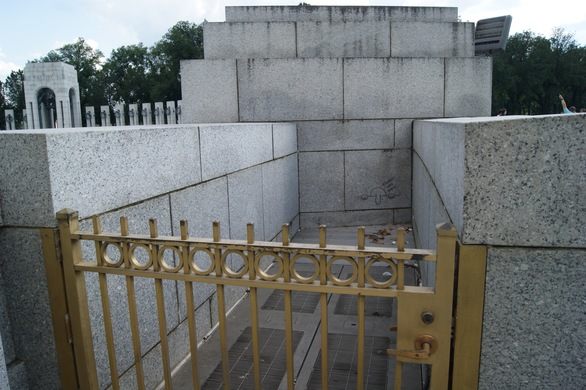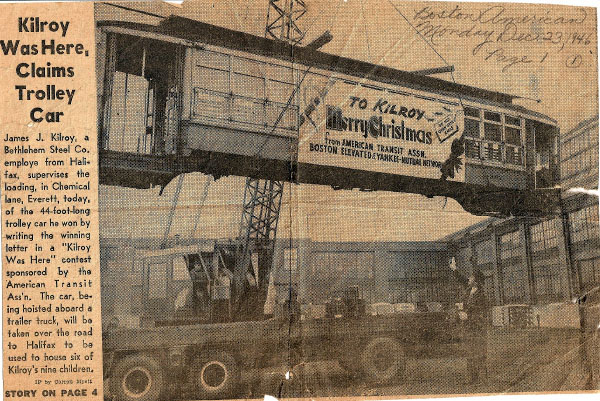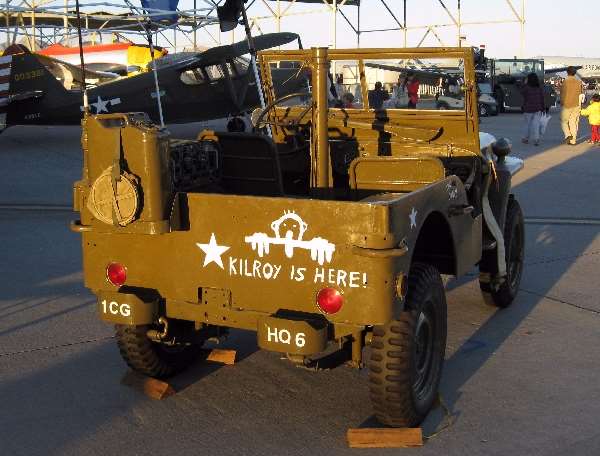The Fore River Shipyard began operations in 1883 in Braintree, Massachusetts, moving to its current location on the Weymouth Fore River on Quincy Point, in 1901. The yard was purchased by Bethlehem Steel in 1913, and operated under the Bethlehem Shipbuilding Corporation.
Most of the ships built at Fore River were intended for the United States Navy, including early submarines built for Electric Boat, the Battleship USS Massachusetts, and the Navy’s first carrier, the USS Lexington. In the inter-war years, non-US Navy customers included the United States Merchant Marine, the Argentine Navy, the Royal Navy of Great Britain and the Imperial Japanese Navy.

The Navy Act of 1938 mandated a 20% increase in American Naval strength. Much of that increase came through Fore River. The Shipyard employed 17,000 personnel the day Imperial Japan invaded the American Pacific anchorage at Pearl Harbor. That number increased to 32,000 by 1943 with a payroll equivalent to $9.69 Billion, in today’s dollars.
 Necessity became the mother of invention, and the needs of war led to prodigious increases in speed. No sooner was USS Massachusetts launched, than the keel of USS Vincennes, began to be laid. By the end of the war, Fore River had completed ninety-two vessels of eleven different classes.
Necessity became the mother of invention, and the needs of war led to prodigious increases in speed. No sooner was USS Massachusetts launched, than the keel of USS Vincennes, began to be laid. By the end of the war, Fore River had completed ninety-two vessels of eleven different classes.
Builders at the yard were paid by the number of rivets installed. Riveters would mark the end of their shift with a chalk mark, but dishonest co-workers could erase their marks, marking a new spot a few places back on the same seam.
Shipyard inspector James Kilroy ended the practice, writing “Kilroy was Here”, next to each chalk mark.
With hulls leaving the yard so fast there was no time to paint the interiors, Kilroy’s name achieved mythic proportions. The man literally seemed to be everywhere, his name written in every cramped and sealed space in the United States Navy.
For the troops inside of those vessels, Kilroy always seemed to have “been there”, first. This was a symbol, an assurance that this particular troop ship, was well and truly sealed.
Kilroy was Here became a protective talisman, a good-luck symbol expected to provide good juju, for the American GI. Soldiers began to write the graffiti on newly captured areas and landings. Kilroy was the “Super GI”, showing up for every combat, training and occupation operation of the WW2 and Korean war era. The scribbled cartoon face was there before you arrived. He was still there when you left.
 German Intelligence believed Kilroy to be some kind of “super spook”, able to go anywhere he pleased and to leave, without a trace.
German Intelligence believed Kilroy to be some kind of “super spook”, able to go anywhere he pleased and to leave, without a trace.
The challenge became, who could put the Kilroy graffiti in the most difficult and surprising place.
I’ve never been there, but I I understand there’s a Kilroy, at the top of Mt. Everest. The cartoon was scribbled in the dust of the moon. There’s one on the Statue of Liberty and another on the underside of the Arch of Triumph, in Paris. There’s on the great Wall, in China.
The World War 2 Memorial in Washington, DC could hardly have been complete without a Kilroy, engraved in granite. If you look closely enough, you’ll find two of them.
Under-water Demolition (UDT) teams, predecessors to the United States Navy SEALs, swam ashore on Japanese-held Pacific islands, preparing the way for amphibious invasions. More than once, UDT divers found that Kilroy had already been there, the silly cartoon nose scribbled on makeshift signs, and even enemy pillboxes.
When Truman, Stalin, and Churchill met at Potsdam, a VIP latrine was built for their exclusive use. Stalin was the first in, emerging from the outhouse and asking his aide, “Who is Kilroy?”
Ask a Brit and he will tell you “Mr. Chad” came first, cartoonist George Chatterton’s response to war rationing. “Wot, no tea”?
 The cartoon appeared in every theater of the war, but few knew the mythical Kilroy’s true identity.
The cartoon appeared in every theater of the war, but few knew the mythical Kilroy’s true identity.
In 1946, the Transit Company of America held a contest, asking the “real” Kilroy to come forward.
Nearly forty guys showed up to claim the prize, a real trolley car. Doubtless they all felt they had legitimate claims, but James Kilroy brought a few riveters and some shipyard officials along, to vouch for his authenticity. That was it.
That Christmas the Kilroy kids, all nine of them, had the coolest playhouse in all of Massachusetts.
 James Kilroy went on to serve as Boston City Councillor and member of the Massachusetts House of Representatives, from Halifax. Surely there is a doodle, somewhere in the “Great & General Court” up there in Boston, to inform the passer-by. Kilroy was here.
James Kilroy went on to serve as Boston City Councillor and member of the Massachusetts House of Representatives, from Halifax. Surely there is a doodle, somewhere in the “Great & General Court” up there in Boston, to inform the passer-by. Kilroy was here.
James Kilroy passed away on this day, November 24, 1962, at the age of sixty.







Kilroy!!!! 🙂 What a cool post! 🙂
LikeLiked by 1 person
It’s a fun little piece of WW2-era pop culture, from a time when the world needed as much as it could get.
LikeLiked by 1 person
How fascinating. Kilroy achieved great fame without actually trying! I always thought it was some joker who enjoyed graffitiing walls and train carriages! Now I know.
LikeLiked by 1 person
Have you ever run into your own version of Kilroy, Andy?
LikeLiked by 1 person
Oh yes Rick. There was a spate of them way back in the 80s or 90s on walls and the like, bit I’ve not seen one recently I must admit. Like many. things it was a phase that came and went and I don’t think it was anything to do with the original Kilroy, more of a ‘tag’.
LikeLiked by 1 person
Well that answers a question I’ve always wanted to know! Thank you Rick.
LikeLiked by 1 person
This one was a lot more fun than yesterday’s topic.
LikeLiked by 1 person
Oh goodness yes. That picture of the little starved kid agasint the wall got to me.
This one is a subject I could have had…
LikeLiked by 1 person
That one’s blowing up, Max. Literally, all over the world. Shares are in the thousands between WordPress and my “TodayinHistory” FB page, and it’s only been out there for about 48 hours. I’m usually happy with a few hundred. That Holodomor story touches some Very raw nerves. The comments show it.
LikeLiked by 1 person
That is cool Rick and why we do what we do. What is your facebook link Rick? I found one but to another post.
LikeLiked by 1 person
https://m.facebook.com/capecodcurmudgeon/
LikeLiked by 1 person
Thanks Rick…you probably have the link somewhere and I missed it completely.
LikeLiked by 1 person
I’ve never met a man who didn’t know who Kilroy was!!
LikeLiked by 1 person
That Fore River shipyard is up the road from me about an hour. My father worked as a riveter there as a kid, back in the fifties. I can’t drive by the place without thinking of my old man, stuffed into the dark and claustrophobic spaces of some rusting metal hull.
LikeLiked by 1 person
That generation did what was necessary – we owe them so much.
LikeLiked by 1 person